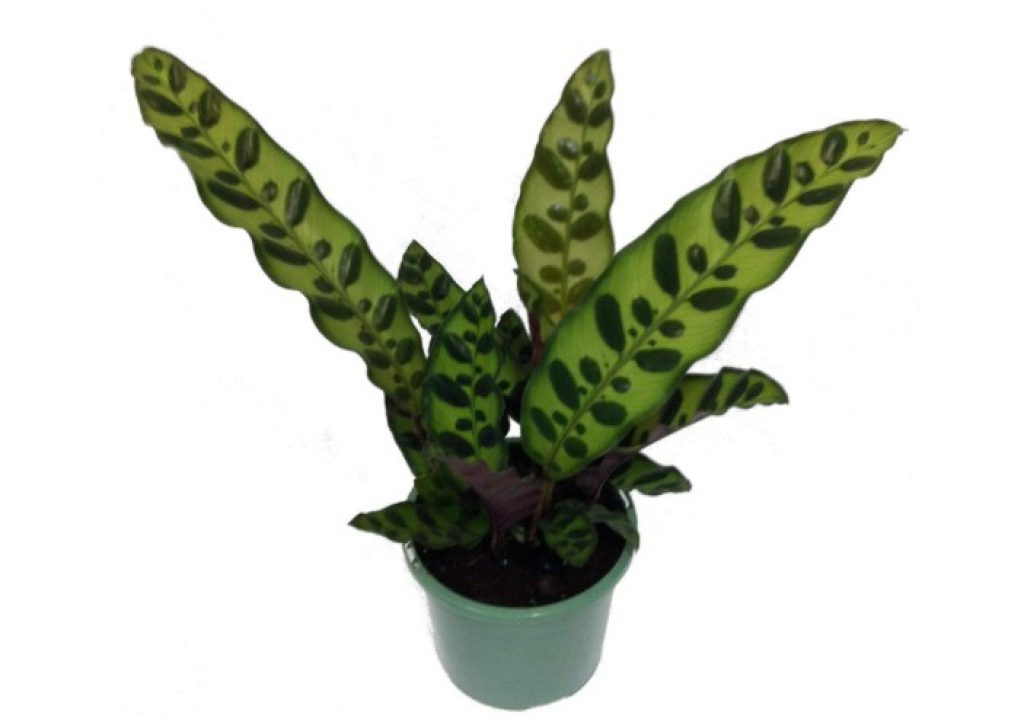Peacock plant, Cathedral Window, or Calathea makoyana is one of the genus Calathea in the Arrowroot family, Marantaceae, which has a Royal Horticultural Society’s Award of Garden Merit under is synonym Goeppertia makoyana name.
This evergreen perennial has charming pale green glossy leaves with dark green feather effects or blotches along their vein that reminiscent of a peacock tail, hence the name with a pink-red purple underside that is visible during the evening when they roll up their leaves.

Besides the typical foliage colors, you will get many cultivars with different leaf colors that are very attractive, and they can grow up to two feet (60 cm).
As popular houseplants, everyone is interested in knowing their safety for pets or even kids. If this is a worry, we hope it delights you to know that the peacock plant is not toxic to cats, dogs, or even your horses. Don’t even worry about your kids touching this plant as it is not poisonous to them.
Furthermore, it is not the only safe plant as all the Calathea speciesmedallion, rattlesnake plant (C. lancifolia), C. orbifolia, C.rufibarba, C. ornata, C. warscewiczii, Freddie, among many others, are not poisonous to kitties.
If you are excited and thinking of buying this fantastic houseplant, you need to know something small about cultivation, especially care. What do they require?
- Temperature: The ideal temperature for optimal growth is 16°C to 24 °C, making countries like Singapore and South Asia a perfect place for them to thrive.
- Humidity: Being tropical plants, they need a place with high humidity. Sand, peat, leaves, or sand mulch will help keep them moist during sunny summers or place a bowl of water near them or be misting them (many not be enough) because they need relative humidity not less than 60%.
- Sunlight: As plants that grow in tropical forests shaded by the taller trees, they will not thrive well under too much direct sunlight as it will damage their very delicate leaves and make them less vibrant. Ensure they are under shade or in semi-shade conditions.
- Watering: Since fluorine damages them, water them with distilled or rainwater.
- Soil: They need well-drained soils that but not too wet.
- Fertilizers: Go for high nitrogen fertilizers and avoid high phosphorus to avoid leaves with brown spots.
If you decide to buy these houseplants, place them where you can easily mist and water them. They are easy to grow if you provide them with the right care, especially humidity, moisture, and light. However, if you need to propagate them, it is done through division.
